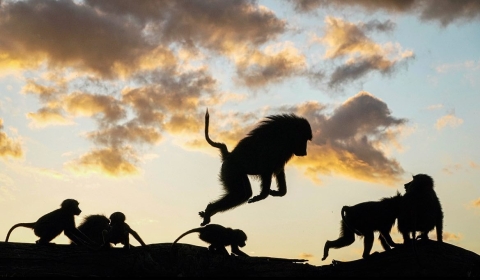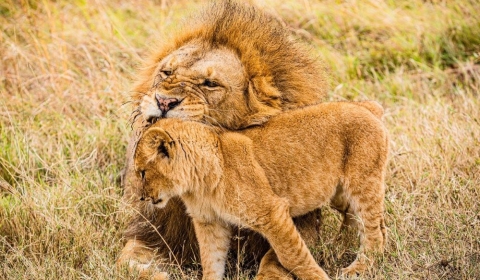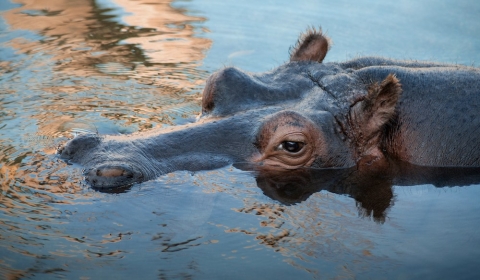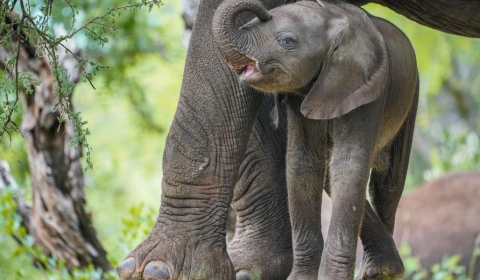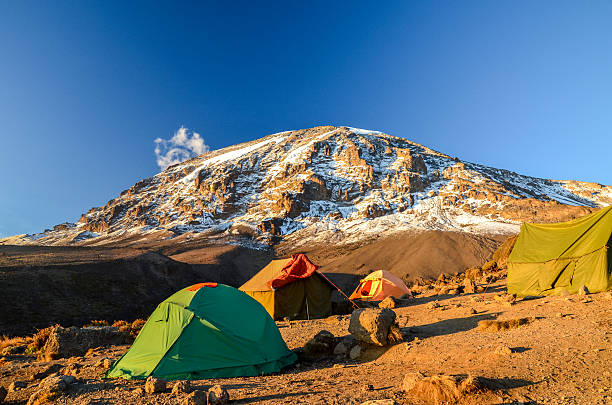
Overview
Location: Northern Tanzania, near the town of Moshi. Size: Approximately 1,688 square kilometers (652 square miles), including the mountain and its surrounding montane forest belt. Established: Established as a game reserve in 1921 and upgraded to national park status in 1973.
Geography and Landscape
Kilimanjaro National Park encompasses diverse ecosystems as it rises from the lowland savannahs to the alpine deserts and glaciers of the mountain's summit:
Mount Kilimanjaro: Africa's highest peak, standing at 5,895 meters (19,341 feet) above sea level.
Vegetation Zones: The mountain features distinct vegetation zones including montane forest, heath and moorland, alpine desert, and summit glaciers.
Glaciers: Despite climate change impacts, Kilimanjaro retains several glaciers, notably in the summit area.
Wildlife
While Kilimanjaro National Park is not primarily known for wildlife viewing due to its rugged terrain, it still hosts a variety of species Large Mammals: Includes elephants, buffaloes, leopards, and various antelope species. These are mostly found in the lower slopes and foothills.
Primates: Colobus monkeys and blue monkeys inhabit the montane forest belt.
Birdlife: The park boasts a diverse array of bird species adapted to different altitude zones, including sunbirds, turacos, and eagles.
Conservation Efforts
Kilimanjaro National Park focuses on preserving its unique ecosystems and biodiversity:
Glacier Monitoring: Continuous monitoring of glacier retreat and climate change impacts on the mountain.
Vegetation Conservation: Efforts to protect the montane forests and heathlands, which are crucial for biodiversity.
Sustainable Tourism Practices: Promoting responsible tourism practices to minimize environmental impact.
Tourism
Activities: Kilimanjaro National Park offers several activities, primarily centered around trekking and adventure:
Climbing Mount Kilimanjaro: The main attraction, with several established trekking routes varying in difficulty and scenery.
Day Hikes: Shorter hikes are available for exploring the lower slopes and enjoying the forested areas.
Bird Watching: Opportunities to spot a variety of bird species adapted to different altitude zones.
Cultural Tours: Visits to local villages to learn about the Chagga people’s culture and traditions.
Accommodation: Options range from basic campsites to mountain huts and luxury lodges at the foothills of the mountain.
Best Time to Visit: The dry seasons (January to March and June to October) are popular for climbing due to clearer skies and favorable weather conditions.
Unique Features
Mount Kilimanjaro: Africa's highest peak and one of the world's Seven Summits, offering a challenging yet rewarding trekking experience.
Glaciers: Despite diminishing in size, the park still hosts some of Africa's last remaining glaciers.
Cultural Heritage: Opportunities to explore the traditions and lifestyles of the Chagga people who live around the mountain.
Visitor Information
Access: The park is accessible by road from Moshi and Arusha. Kilimanjaro International Airport (JRO) serves as the main gateway for international visitors.
Entry Fees: Visitors must pay park fees, which contribute to conservation efforts and park maintenance.
Regulations: Climbers must adhere to park regulations and guidelines provided by licensed tour operators to ensure safety and minimize environmental impact.
Highlights
Summiting Africa’s Highest Peak: Climbing Mount Kilimanjaro is a bucket-list adventure for many travelers.
Scenic Beauty: Stunning landscapes ranging from lush montane forests to snow-capped peaks.
Cultural Encounters: Learn about the local culture and traditions of the Chagga people.
